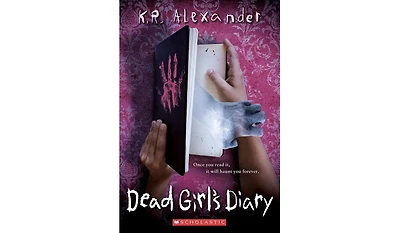Home
Seven Sermons to the Dead
Barnes and Noble
Loading Inventory...
Seven Sermons to the Dead in Franklin, TN
Current price: $3.68

Barnes and Noble
Seven Sermons to the Dead in Franklin, TN
Current price: $3.68
Loading Inventory...
Size: Audiobook
The Latin manuscript "Septem Sermones ad Mortuos", written by C.G. Jung in 1916, holds a unique and somewhat mystical position in Jung's oeuvre. It was conceived during a time of intense introspection and self-exploration, a period that Jung described as his "confrontation with the unconscious." During this time, Jung was in contact with Hermann Hesse, who integrated many Jungian themes into his own works, especially the novel "Demian", which explores the uber-deity Abraxas. Here Jung explores 4 main themes: Gnosticism, Pleroma, Creation and Duality, and God & Abraxas. The text is full of references to Gnostic thought and manuscripts. It presents itself as the sermons of the ancient Gnostic Basilides in Alexandria, although it's a product of Jung's own imagination and reflective exploration. Pleroma is a Gnostic term for the fullness or totality that is the source of all creation. The pleroma represents the undifferentiated, primordial reality. The sermons touch on the emergence of different qualities from the pleroma, leading to the duality inherent in creation, such as light and darkness, fullness and emptiness. God is discussed as the personification of certain dominant aspects of the pleroma. The text also introduces Abraxas, a deity who transcends both God and the Devil, embodying both good and evil, life and death. One could argue that Abraxas is a metaphor for Biological Deep-Time.
The Latin manuscript "Septem Sermones ad Mortuos", written by C.G. Jung in 1916, holds a unique and somewhat mystical position in Jung's oeuvre. It was conceived during a time of intense introspection and self-exploration, a period that Jung described as his "confrontation with the unconscious." During this time, Jung was in contact with Hermann Hesse, who integrated many Jungian themes into his own works, especially the novel "Demian", which explores the uber-deity Abraxas. Here Jung explores 4 main themes: Gnosticism, Pleroma, Creation and Duality, and God & Abraxas. The text is full of references to Gnostic thought and manuscripts. It presents itself as the sermons of the ancient Gnostic Basilides in Alexandria, although it's a product of Jung's own imagination and reflective exploration. Pleroma is a Gnostic term for the fullness or totality that is the source of all creation. The pleroma represents the undifferentiated, primordial reality. The sermons touch on the emergence of different qualities from the pleroma, leading to the duality inherent in creation, such as light and darkness, fullness and emptiness. God is discussed as the personification of certain dominant aspects of the pleroma. The text also introduces Abraxas, a deity who transcends both God and the Devil, embodying both good and evil, life and death. One could argue that Abraxas is a metaphor for Biological Deep-Time.








![Dead Set [Orange Crush Vinyl 2 LP] [Barnes & Noble Exclusive]](https://prodimage.images-bn.com/pimages/0081227819491_p0_v4_s600x595.jpg)








